Established in the 1970s, this pioneering Spanish winery helped to define modern Rioja.
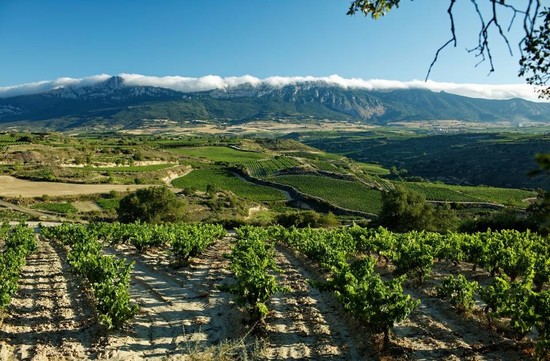
At its best, winery architecture fuses functionality and aesthetics in the construction of strikingly beautiful buildings that are both inspired by wine, while also serving and aiding its creation. Furthermore, in a region such as Rioja where winemaking has traditionally been linked to blends of grapes from different terroirs, the craft of the architect – who balances different elements to create a whole combining beauty and function – echoes the craft of a winemaker creating long-lived Rioja wines.
In the early 1970s, this was the central vision behind the Bodegas Olarra winery, a family venture established on the outskirts of the town of Logroño, in the easternmost part of Spain’s Rioja Alta sub-zone. The bodega’s distinctive three-spoked design, the work of architect Juan Antonio Ridruejo, was a trailblazer in the Rioja region when it opened its doors in 1973.
Perhaps the most distinctive feature of Bodegas Olarra’s ground-breaking winery is the stippled roofline of the barrel cellar. No fewer than 111 hexagonal domes are carefully arranged to prevent drastic changes in temperature as Olarra’s wines mature.
The wines
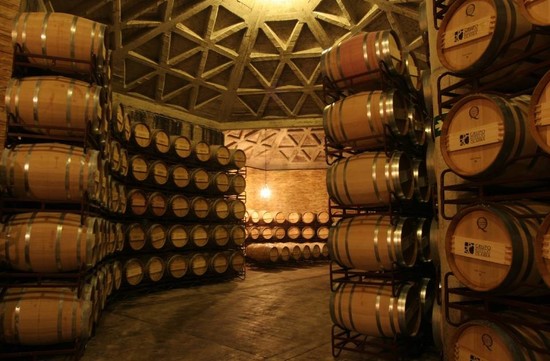
Architects, however, are not winemakers; for Bodegas Olarra to secure its place among the pantheon of great Rioja wines, this new venture required the services of a local winemaking legend. Step forward Ezequiel García, otherwise known as ‘El Brujo’ – ‘the sorcerer’ in English – who, before his death in 2017, spent 36 years making wine in the region, 21 of them at Olarra.
The combination of great winemaker and eye-catching winery conspired to deliver a message to the world that the Rioja of the 1970s was changing, moving into a new dawn encompassing a fresh winemaking style that favoured bringing fruit aromas to the fore, while remaining true to Rioja’s long-established tradition of blending grapes from different locations and terroirs across the region.
So, just as the Bodegas Olarra winery embraces an innovative, pioneering spirit, the plan from the outset was for its wines to do the same: from Cerro Añón’s embodiment of the pursuit of the perfect blend as winemaking technique, to the Añares range, and its never-ending quest for a wine that evolves and adapts to the shifting trends of time.
Then there is Olarra, the winery’s signature product, only made when the vintage conditions are right, expressing the unique terroir of four villages in Rioja Alta – and recalling in its winemaking and maturation the style of El Brujo’s first vinous creations for Bodegas Olarra during the 1970s.
Expansion
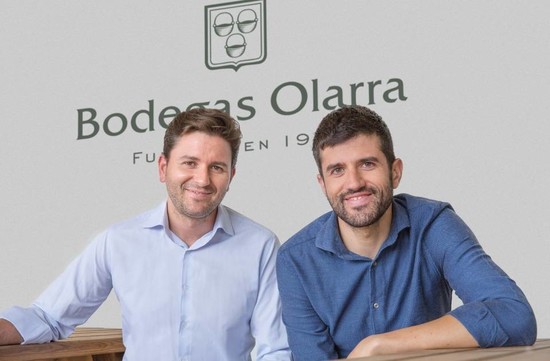
The family’s vision of excellence in Rioja wines, which began with Bodegas Olarra, continued a decade later with the establishment of a new venture, Bodegas Ondarre, taking its name from the family’s original Azpeitia home in the Basque Country. Located in the village of Viana, Ondarre overlooks the Rioja Valley in the sub-zone of Rioja Oriental – exploring a new facet of the region’s wines and showcasing the diversity of its distinctive terroirs.
The family’s group of wineries was reinforced in the year 2000 by Bodegas y Viñedos Casa del Valle, situated in Castilla La Mancha to explore the Bordeaux château model, crafting characteristic French grape varieties in a quintessentially Spanish style. More recently, an estate in Rueda, growing the region’s renowned Verdejo, was set up in 2010. Last but not least, the family founded Altos de Valdoso in 2015, an estate in the higher altitude south-east of Ribera del Duero.
But it all began with Bodegas Olarra, the winery that embodies the new dawn of modern Rioja winemaking in the early 1970s, and that also encapsulates the way that architecture and winemaking can work symbiotically to create some of the world’s finest and most memorable wines.
Taste the Bodegas Olarra range
Olarra

The signature wine of Bodegas Olarra, Olarra is only made in years designated as ‘Very Good’ or ‘Excellent’. The blend is mainly Tempranillo, but also includes small amounts of Graciano and Mazuelo, all sourced from a selection of vineyards located around four villages in the heart of Rioja Alta. The winemaking, ageing and style aim to evoke the first Olarra-branded wines, launched at the beginning of the winery’s story in the early 1970s.
Cerro Añón
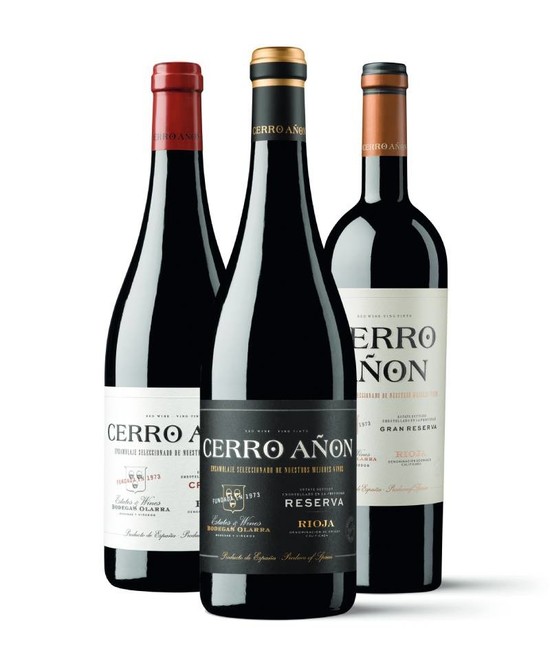
Bodegas Olarra’s top range of wines is an assemblage of several different vineyards dotted around the Rioja region, with a strong focus on Rioja Alta. Blending Tempranillo with small amounts of Graciano and Mazuelo, Cerro Añón aims to combine the different soils, grapes and climates to encapsulate the qualities of each particular year in Rioja. Meanwhile, winemaking and cask maturation techniques are employed to achieve an elegant, expressive style.
Añares
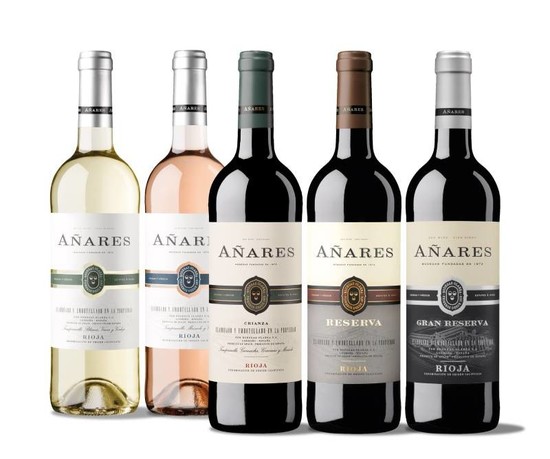
Bodegas Olarra’s comprehensive range of Rioja offers a structured and harmonious style of wine, always aiming to strike a fine balance between fruit and the secondary aromas that come from ageing in cask and bottle. Mostly based on Tempranillo and Garnacha, with some Graciano and Mazuelo, the wines are sourced from 160ha of vineyards, all located within a 20km radius of Bodegas Olarra and Logroño.
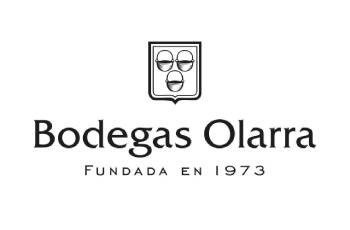
Translated by ICY
All rights reserved by Future plc. No part of this publication may be reproduced, distributed or transmitted in any form or by any means without the prior written permission of Decanter.
Only Official Media Partners (see About us) of DecanterChina.com may republish part of the content from the site without prior permission under strict Terms & Conditions. Contact china@decanter.com to learn about how to become an Official Media Partner of DecanterChina.com.

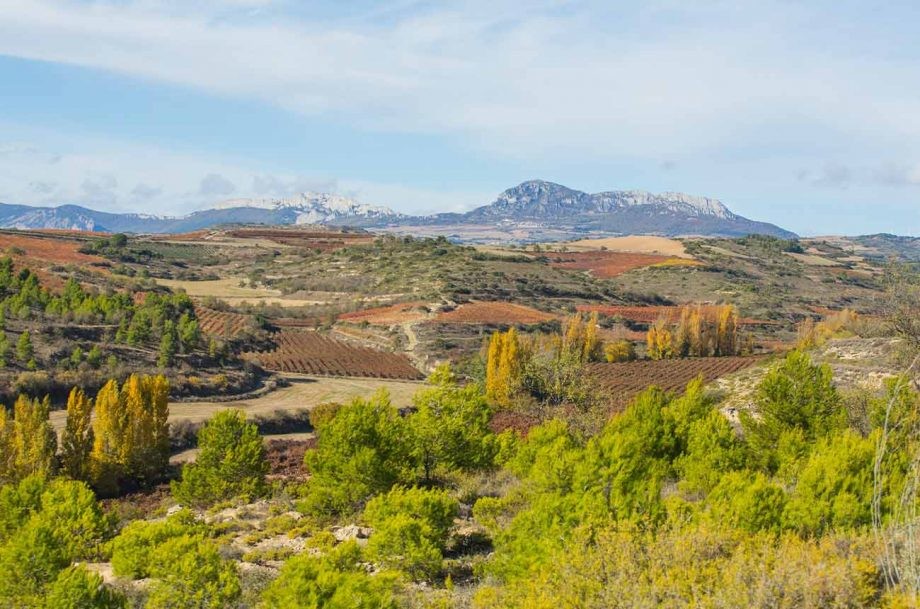
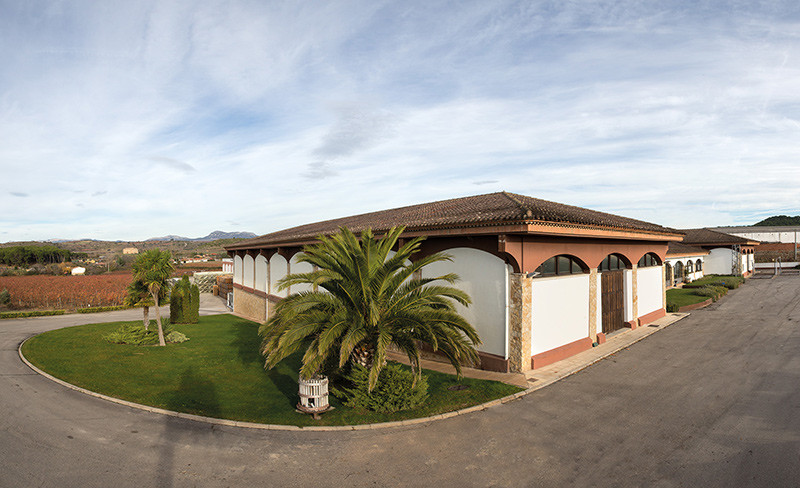
Comments
Submit